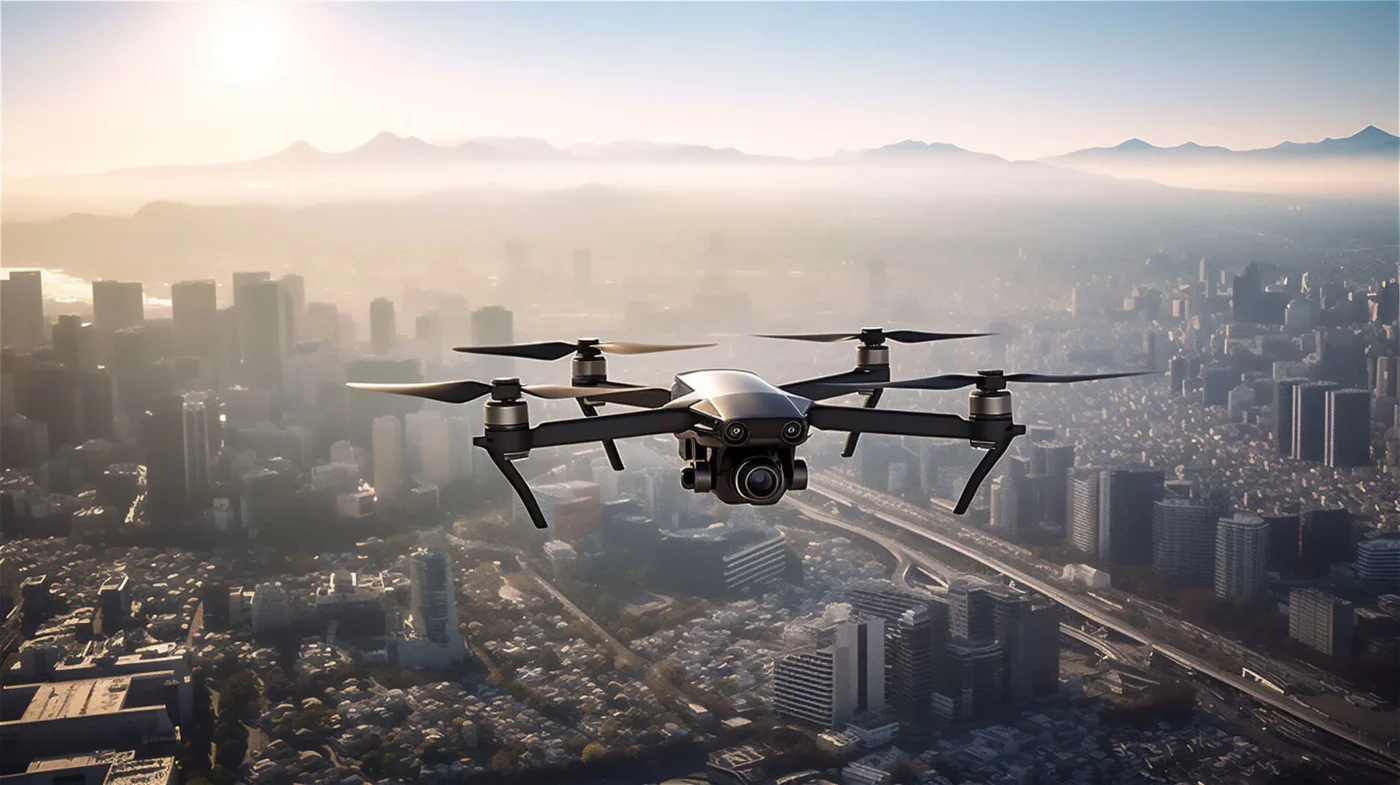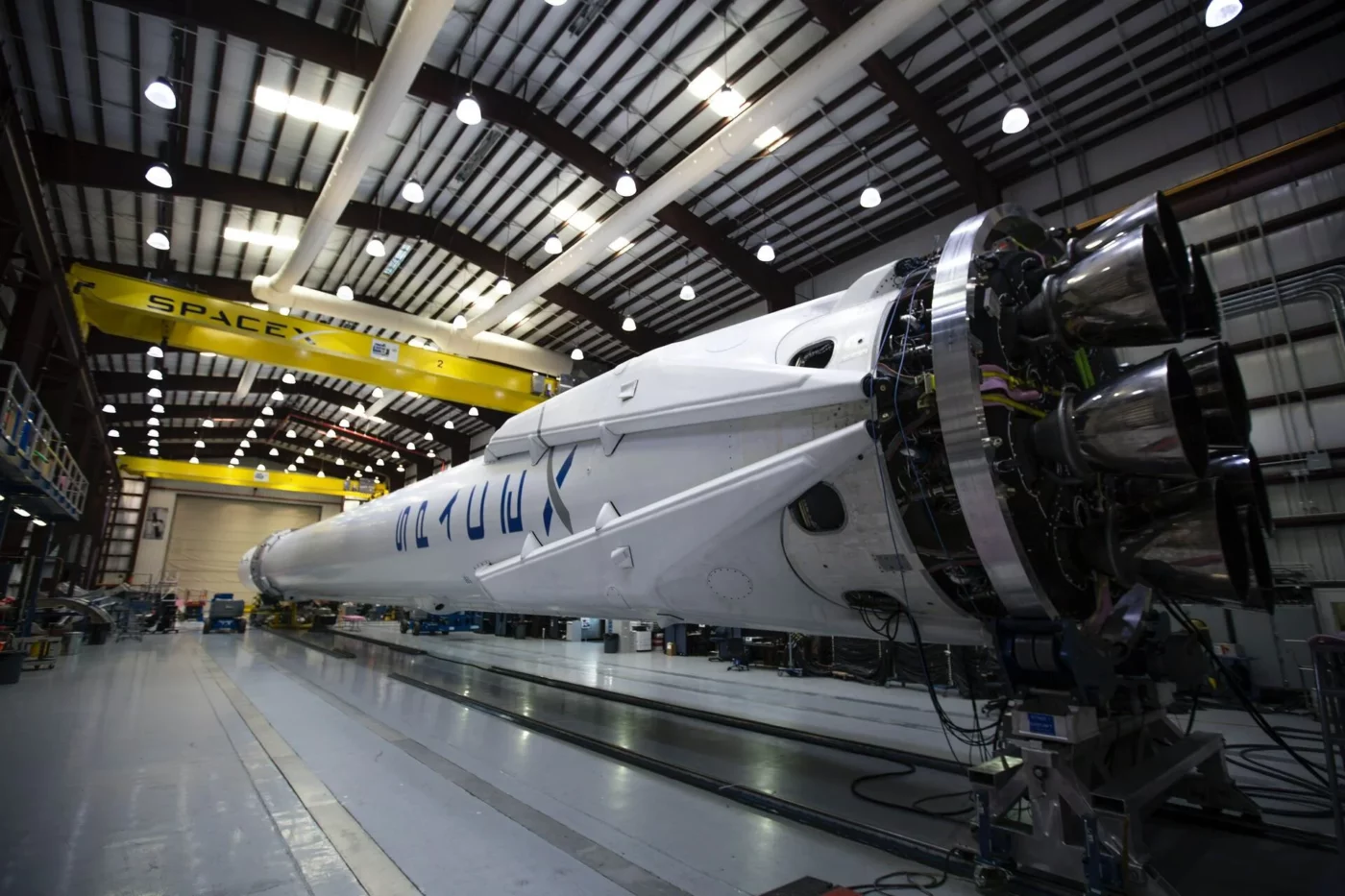Hardware prototyping is a critical phase in the development of electronic devices, one that serves as a bridge between concept and reality. This pivotal stage involves the creation of tangible, functional models of hardware designs, allowing engineers and designers to test, refine, and perfect their innovations before full-scale production. Let us explore how this practice can benefit businesses and hardware startups looking to create electronic products.
What Is Hardware Prototyping in Product Development?
Prototyping hardware involves making a practical model of an electronic or physical product. Think of it as creating a blueprint before building a house. It allows you to construct an initial version of your concept to test and refine it. This process is vital in turning imaginative ideas into tangible, functional devices that improve our lives.
But, having MVP software development on your mind, should the first version of your product be a prototype or MVP? The minimum viable product (MVP) concept is commonly linked to rapid prototyping software development, but it can be effectively adapted for hardware projects with slight adjustments.

Validating the Initial Concept Is the First Benefit of Hardware Prototyping
The advantages of hardware prototyping extend far beyond simply creating a physical model. They encompass everything from refining designs and gathering user feedback to minimizing risks and reducing costs. But let’s go a bit further and see how prototyping will boost your entire business with some examples of how some big brands did it.
Sir James Dyson’s Design and Idea Validation of the Bagless Vacuum Cleaner Prototype Brought Success
Sir James Dyson’s concept of a bagless vacuum cleaner was a radical departure from the traditional design. Through hardware prototyping validation, he validated the idea, refining the technology and design to create a successful product that not only worked but also offered improved efficiency.

Design Iteration and Improvements
Prototyping enables designers and engineers to make iterative improvements to the product’s design. By testing different design elements, they can refine the product’s aesthetics, functionality, and usability.
That way, you’ll ensure the final product meets quality standards and functions as intended. It also enhances the user experience by eliminating design flaws and usability issues.
Toyota Used a Hardware Prototype Extensively in the Development of the Prius Hybrid Car Design
Through iterative design and prototyping, Toyota refined the vehicle’s hybrid system, leading to improved fuel efficiency and reduced emissions. In fact, the success of the Prius as a pioneering hybrid vehicle can be attributed to its commitment to iterative design.

Providing User Feedback on the Prototype Device
Prototypes enable designers and engineering professionals to obtain valuable insights from potential users or target audiences. Users can interact with a prototype, identify usability issues, and provide feedback on their experiences.
This direct engagement with the prototype helps in understanding how the product is perceived and used in a real-world context. That way, designers can identify pain points, areas for improvement, and features that resonate with users.
Amazon’s Kindle E-reader Underwent User Testing With Hardware Prototypes During Its Development
Feedback from users influenced Amazon to change the design of its Kindle E-reader. They change size and weight, screen readability, and the user interface. This iterative process contributed to the Kindle’s user-friendly design and widespread adoption.

Facilitating Communication With Investors and Conveying the Vision of a Product
Prototypes serve as powerful tools for communicating the product’s vision to investors, stakeholders, and potential partners. These can make the concept more tangible and increase the chances of securing funding or collaborations.
They make abstract ideas concrete and relatable, enabling stakeholders to grasp the concept more intuitively. A prototype allows them to see the product’s form, functionality, and potential impact.
DJI, a Drone Manufacturer, Used Hardware Prototypes to Showcase Its Technology to Investors and Potential Partners
DJI’s visually appealing and functional prototypes helped establish it as a leader in the drone industry. It led them to collaborations and investments that boosted their growth.

Identifying and Preventing Costly Mistakes
Preventing mistakes is a crucial step in risk identification and mitigation during product development. Not only can you uncover potential technical and functional issues, but design issues, too. And all that in the early stages of the process.
Identifying these issues at a prototype stage allows for proactive problem-solving, reducing the likelihood of risks materializing in later stages. That leads to avoiding expensive redesigns, tooling changes, or production delays.
SpaceX’s Falcon 1 Rocket Faced Initial Launch Failures
By thoroughly testing and prototyping the rocket’s design, SpaceX was able to identify and address issues. The subsequent successful launches of the Falcon 1 played a crucial role in saving SpaceX from a potential disaster, ensuring their continued operations and success.

Cost Reduction Through Prototyping and Identifying Cost-Effective Materials and Processes
Hardware prototyping can lead to cost savings by identifying cost-effective materials and manufacturing processes. It helps in making informed decisions about production methods, ultimately reducing the cost of bringing the product to market.
HP Optimized Overall Design and Manufacturing of Their Inkjet Printers Using Hardware Prototyping Method
Hewlett-Packard (HP) used hardware prototypes extensively in the development of their inkjet printers. Prototyping helped them optimize the printer’s internal printing components and overall design, allowing them to have a cost-effective design for manufacturability.

Juratech Solutions Can Help You With Making the Best Hardware Prototypes
So, you’ve decided to take things into your own hands and create a prototyping model of your product but need an expert in that sector? Worry not! Contact Juratech Solutions and see how we can help you enjoy all the benefits of hardware prototyping.
If you are also looking for software prototyping services, we invite you to explore all that we do. Besides mobile and desktop application development services, we offer top-notch backend web development and frontend web development services that will ensure all your needs are met.







